If you notice your kitchen sink strainer starting to clog up, don't panic. There are easy and natural ways to clean it without using harsh chemicals. One method is to use a toothbrush and baking soda. Simply sprinkle some baking soda onto the strainer and use a toothbrush to scrub away any buildup or residue. The baking soda will act as a gentle abrasive, breaking down any grime and leaving your strainer looking like new.1. Use a toothbrush and baking soda
Vinegar is a versatile and effective cleaning agent, and it can work wonders on your kitchen sink strainer. To use this method, remove the strainer and let it soak in a mixture of equal parts vinegar and hot water for about 30 minutes. After soaking, use a toothbrush to scrub away any remaining debris, and rinse with hot water. The vinegar will break down any buildup and leave your strainer clean and shiny.2. Soak the strainer in vinegar
If you don't have baking soda or vinegar on hand, don't worry. The combination of hot water and dish soap can also effectively clean your kitchen sink strainer. Simply fill a large bowl or bucket with hot water and add a few drops of dish soap. Let the strainer soak in the mixture for about 15-20 minutes, then use a toothbrush to scrub away any residue. Rinse with hot water and the strainer will be good as new.3. Use a mixture of dish soap and hot water
Lemons are not only great for cooking and flavoring, but they also have cleaning properties. Cut a lemon in half and sprinkle some salt onto the cut side. Use the lemon to scrub the strainer, applying pressure to remove any buildup or residue. The salt acts as a gentle abrasive, while the lemon's citric acid helps to break down grease and grime. Rinse with hot water and enjoy a clean and fresh-smelling strainer.4. Use a lemon and salt scrub
If your strainer is heavily clogged, this method may be more effective. Fill a pot with water and bring it to a boil. Once boiling, add a few tablespoons of baking soda and carefully place the strainer in the pot. Let it boil for about 5-10 minutes, then remove and scrub with a toothbrush. The boiling water and baking soda will loosen and remove any stubborn debris, leaving your strainer clean and unclogged.5. Boil the strainer in water and baking soda
If all else fails, you can always opt for a commercial drain cleaner. However, be cautious when using these products, as they can contain harsh chemicals. Follow the instructions carefully and use gloves to protect your hands. These cleaners can effectively dissolve any buildup or clogs in your kitchen sink strainer, but they should be used as a last resort.6. Use a commercial drain cleaner
If you're dealing with a clog in your kitchen sink, a plunger can be a useful tool. Fill the sink with a few inches of hot water and place the plunger over the drain. Use a strong up-and-down motion to create suction and dislodge any debris. This method may take a few tries, but it can be effective in removing stubborn clogs in your kitchen sink strainer.7. Use a plunger to remove debris
If a plunger doesn't do the trick, you can try using a pipe snake. This long, flexible tool is designed to reach into pipes and remove any blockages. Insert the snake into the drain and twist it around to catch any debris. Once you feel the clog loosen, carefully pull out the snake and rinse it off. This method may require some elbow grease, but it can effectively remove tough clogs in your kitchen sink strainer.8. Use a pipe snake to remove clogs
Another way to clean your kitchen sink strainer is to combine vinegar and baking soda. This mixture will create a foaming reaction that can help to break down any buildup. Sprinkle some baking soda onto the strainer, then pour vinegar over it. Let it sit for a few minutes before scrubbing with a toothbrush. Rinse with hot water and your strainer will be clean and free of any debris.9. Use a mixture of vinegar and baking soda
Hydrogen peroxide is another natural cleaning agent that can be used to clean your kitchen sink strainer. Create a paste by mixing hydrogen peroxide and baking soda together, then use a toothbrush to apply the paste to the strainer. Let it sit for a few minutes before scrubbing and rinsing with hot water. This method can effectively remove tough stains and leave your strainer looking like new. With these 10 easy and natural ways to clean your kitchen sink strainer, you can say goodbye to clogs and buildup. Remember to regularly clean your strainer to prevent buildup and keep your sink running smoothly. These methods are not only effective but also safe for the environment and your health. Keep your kitchen sink strainer clean and enjoy a fresh and functional kitchen.10. Use a mixture of hydrogen peroxide and baking soda
Why It's Important to Keep Your Kitchen Sink Strainer Clean

The kitchen sink strainer plays a crucial role in keeping your kitchen clean and preventing clogs in your drain. It is responsible for catching food particles and debris, preventing them from going down the drain and causing blockages. However, with regular use, the strainer can quickly become clogged and dirty, compromising its effectiveness. That's why it's essential to regularly clean and maintain your kitchen sink strainer to keep your kitchen running smoothly.
The Dangers of a Dirty Kitchen Sink Strainer

A dirty kitchen sink strainer can lead to a host of problems in your kitchen. Firstly, it can cause unpleasant odors to emanate from your sink, making your kitchen smell less than inviting. It can also lead to slow draining or even complete blockages, which can be a major inconvenience and potentially costly to fix. Additionally, a dirty strainer can become a breeding ground for bacteria and germs, posing a health risk to you and your family.
The Easy Way to Clean Your Kitchen Sink Strainer

Cleaning your kitchen sink strainer doesn't have to be a daunting or time-consuming task. With the right method, you can easily keep your strainer clean and functioning optimally. Start by removing the strainer from your sink and discarding any large food particles or debris. Next, mix a solution of hot water and dish soap in a bowl or bucket and let the strainer soak for a few minutes. This will help loosen and soften any remaining debris. Then, using a small brush or toothbrush, scrub the strainer to remove any stubborn particles. Rinse it thoroughly with hot water and place it back in your sink. Voila! Your kitchen sink strainer is now clean and ready for use.
Preventative Measures for a Cleaner Kitchen Sink Strainer
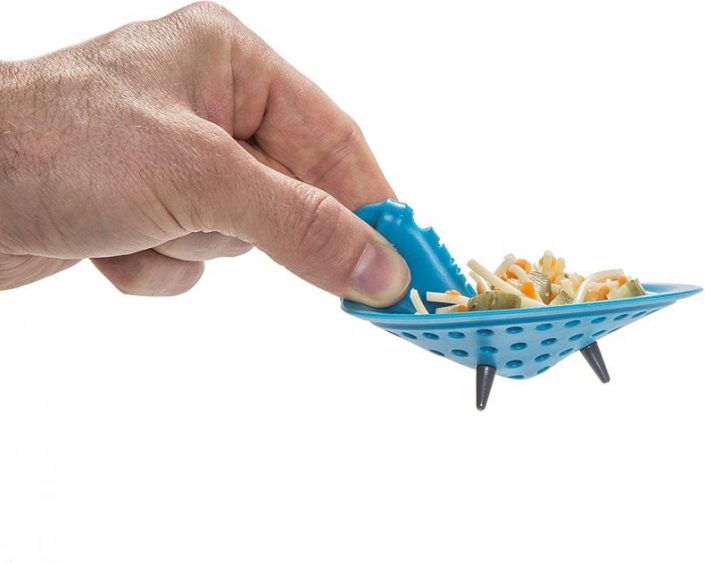
In addition to regular cleaning, there are a few preventative measures you can take to keep your kitchen sink strainer clean for longer. One is to invest in a high-quality strainer made of durable materials that are less prone to rust and buildup. You can also use a drain stopper to catch larger food particles before they make their way to the strainer. Additionally, avoid pouring grease or oils down your sink, as they can solidify and cause clogs.
Keeping your kitchen sink strainer clean is not only important for maintaining a clean and hygienic kitchen, but it also helps prevent plumbing issues and saves you from costly repairs. By following these easy steps and taking preventative measures, you can keep your kitchen sink strainer in top shape and ensure a smoothly running kitchen.
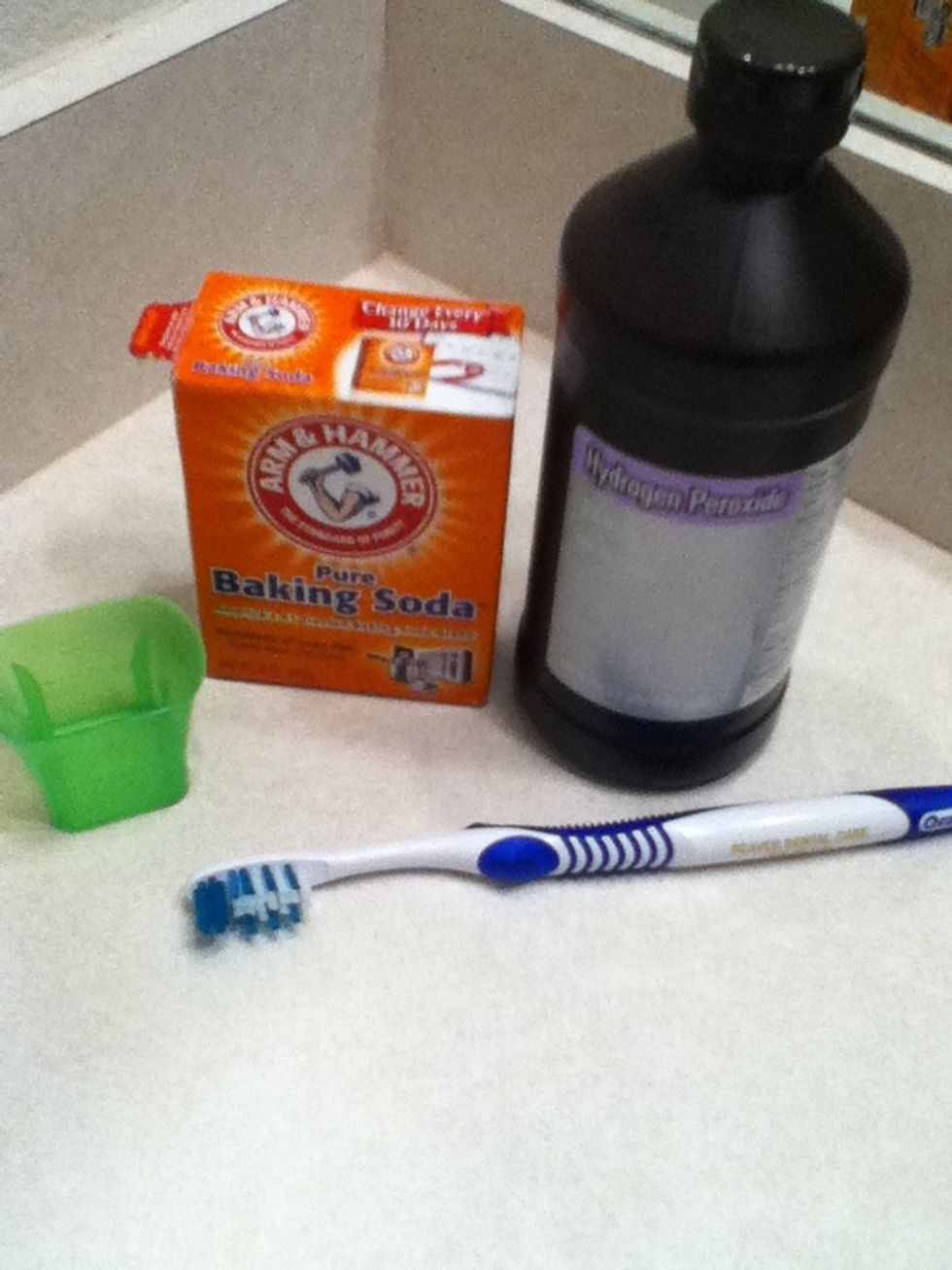




























:max_bytes(150000):strip_icc()/GettyImages-594836477-58fe53963df78ca159068b1a.jpg)





















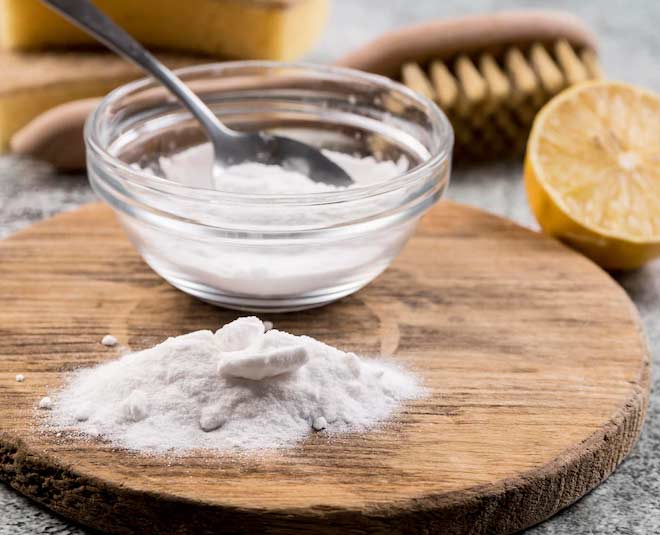














:max_bytes(150000):strip_icc()/SPR-HOME-v2-8-best-drain-openers-4177167-8e4b5c1d411f4b888b7b67f53252aa86.jpg)































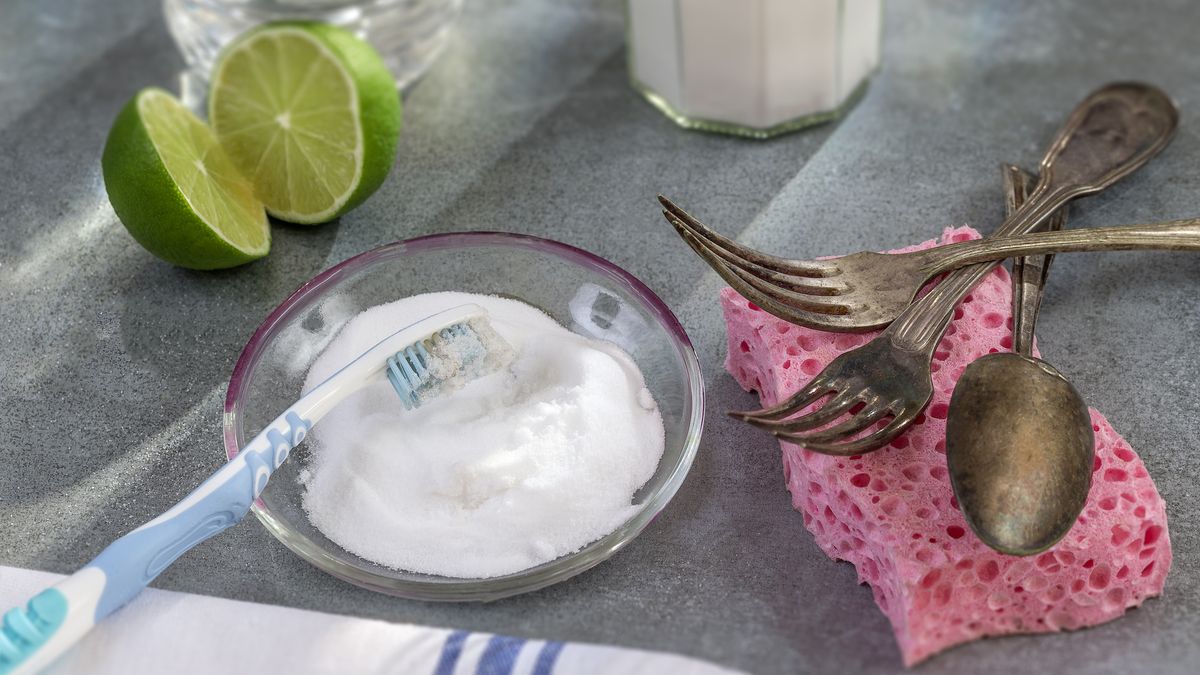

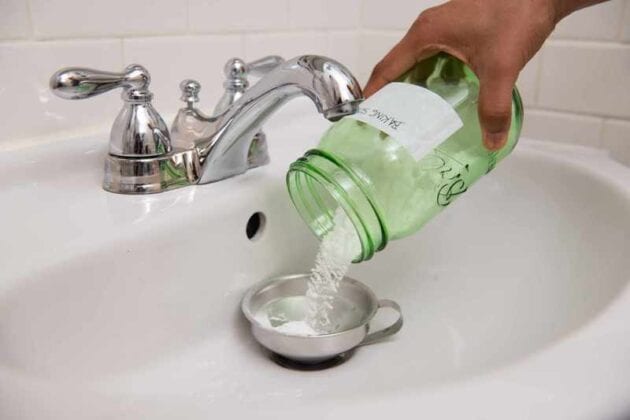














:no_upscale()/cdn.vox-cdn.com/uploads/chorus_asset/file/10807593/ParlourStPaul_LucyHawthorne_11.jpg)



